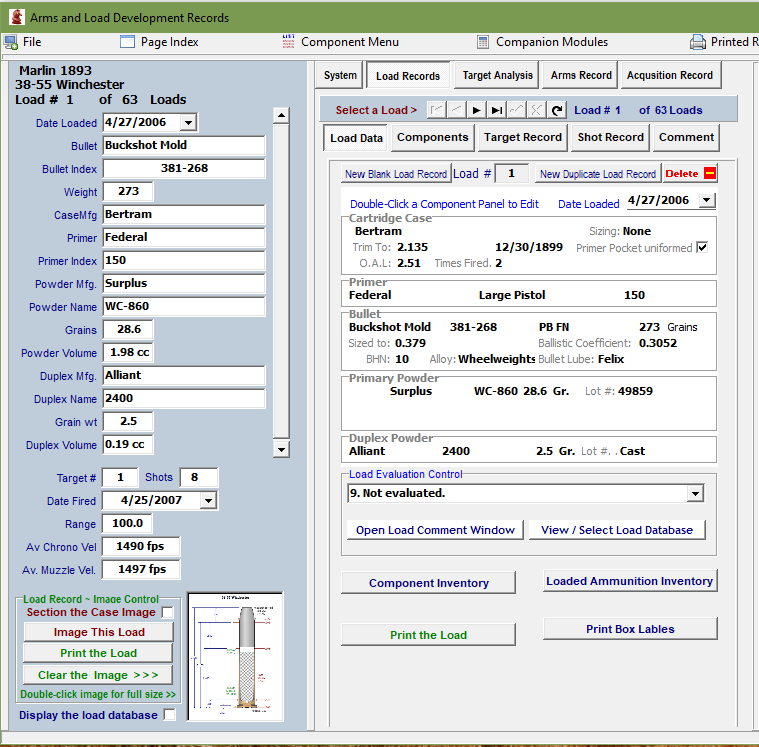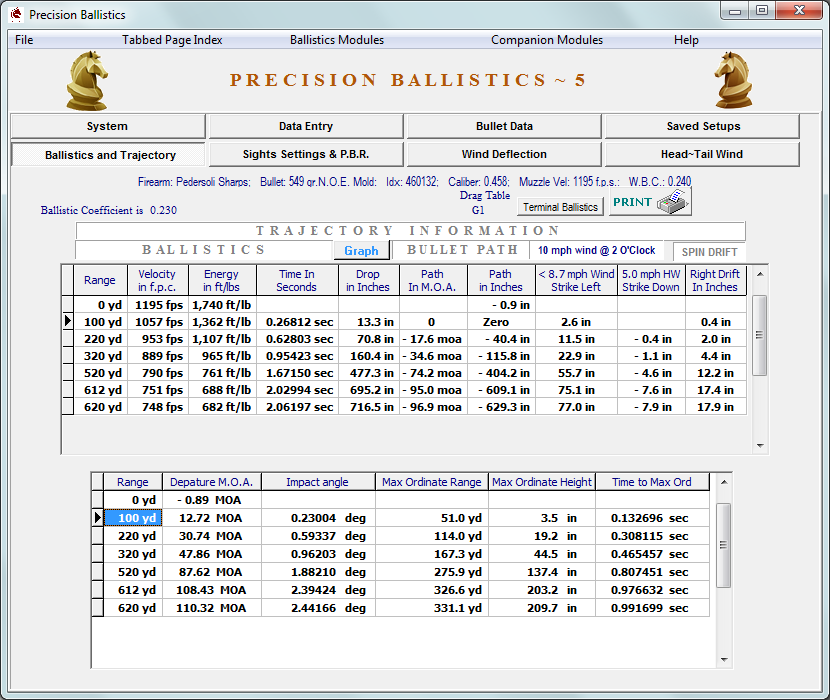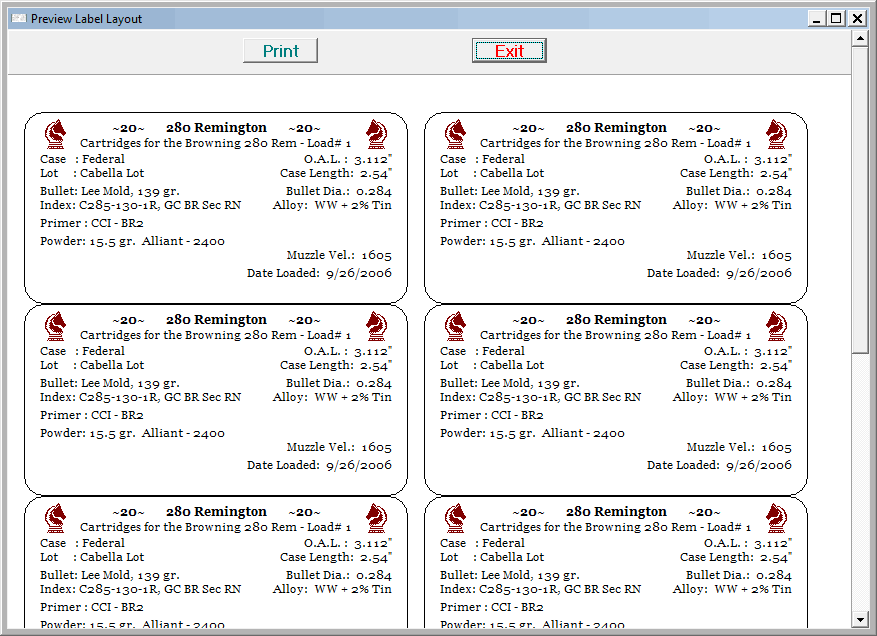What do you use for your record keeping?
And what are you logging?
I am on a mission to improve my record keeping.
I have been using a spreadsheet to keep track of my reloading, set up a sheet with all my reloading data on it, print it out and put it in a binder before starting to reload.
Then print out labels for each box of ammo
It would be a decent system if I kept up with it, but I have a bad habit of making new files instead of just adding a new sheet to the existing file which makes for a messy file directory.
And writing notes in my binder, but never transferring them to my computer.
Also writing shooting notes in my binder if I remember to take it to the range with me, otherwise I take notes on whatever is handy and never add them to my log or just don't take notes at all.
My first step will be to create a list of procedures for documenting my reloading.
I already have checklists for setting up to reload and cleaning up after reloading, with lots of hand written notes on them since I have never update the list on my computer.
Starting to see a pattern here.
Also I wish to add a maintenance log for my press and a log for casting/coating. And better labeling of my brass processing. I just got bit today by some trimmed, reamed, chamfered UNSIZED 5.56, must have gotten 2 cans mixed up together while processing brass last year.
Last year I had a lot of issues-
troubles with my press, a dillon 550 that just needed a little TLC and some parts, now better (thanks Dillon), but I just found a few more things I should update/replace.
Troubles with casting, range scrap with a weird contaminant, a batch of range scrap that was so soft even 45acp cases were sizing down boolits. They finally air hardened enough after 2-3 months to be ok. I water dropped some and they hardened up enough in a week or so. I really don't know how long things took since I never kept good notes on my casting. And this was before I pencil tested anything, actually the reason I finally bought a set of pencils.
Issues with Hitek not curing properly, i have a few ideas what was happening but once again without proper logs I am just guessing now.
Had issues with feeding in my XD45, turned out the chamber was filthier than I have ever gotten it. I finally realized that I had been running recluse lubed bullets due to my Hitek Issues and since it had been a few years since using recluse lube I had used about 10 times too much, no wonder the gun was a filthy mess.
Nothing major, but enough little issues to take some of the fun out of reloading/casting.
I haven't reloaded or cast all winter, just reloaded a batch of 45acp last night and a test batch of 5.56 today.
And hope to cast this weekend.
So while doing all this I will be starting a new binder and trying to update my logging procedure.
I will try to update this thread as I go along.

|
   
   
|


|




 Reply With Quote
Reply With Quote
























